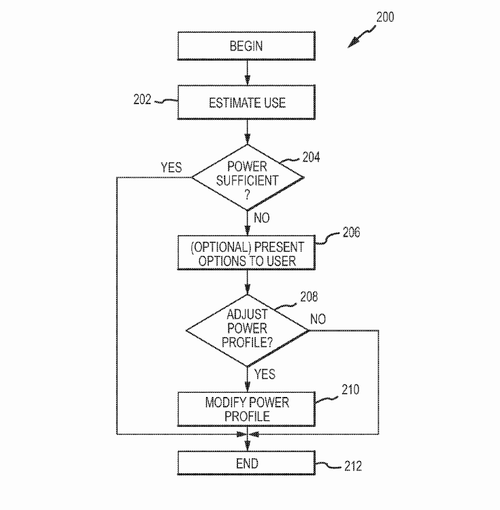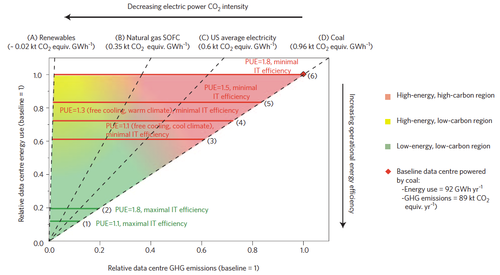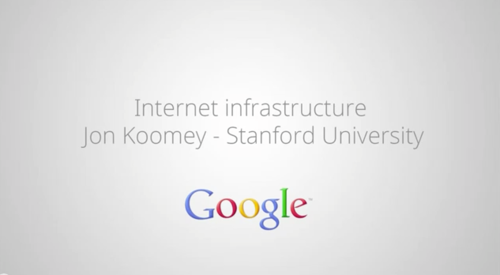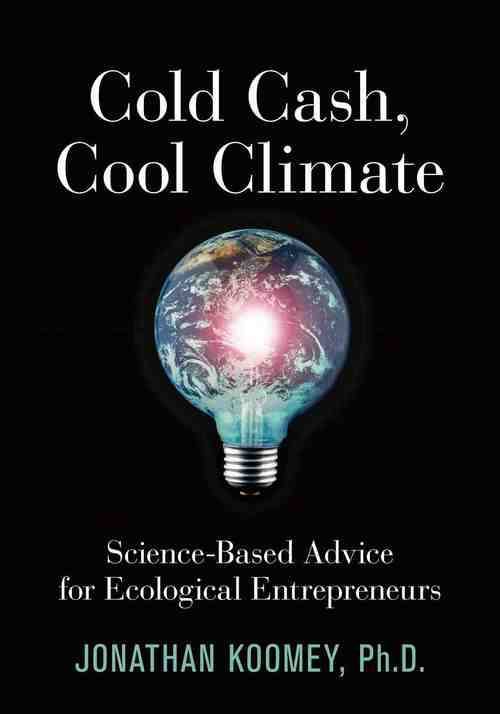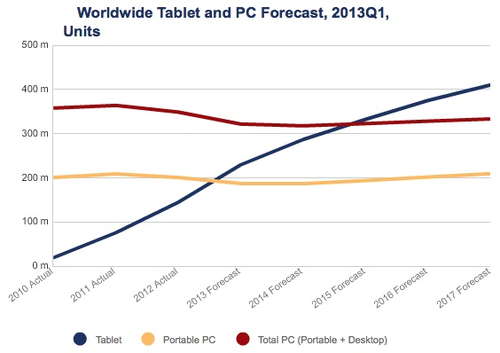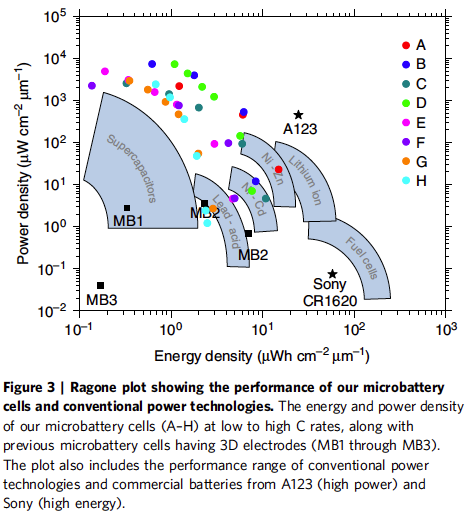Wild claims about electricity used by computers that just won't die (but should)
Mark P. Mills has reappeared, and remarkably is repeating some of the same wild claims that we debunked last time (circa 1999-2003). As a public service, I’ve listed the most important documents summarizing the previous controversy for the benefit of media folks and other interested parties who otherwise would have a hard time piecing it all together. Bottom line: Mr. Mills has made so many incorrect claims that he simply shouldn’t be treated as a serious participant in discussions about electricity used by information technology (IT) equipment. He cherry picks numbers to suit his narrative, and creates the appearance of doing real research by including many footnotes, but almost invariably he overestimates the amount of electricity used by IT equipment. Last time many important people were misled by his antics–I hope they are smarter this time.
1) Read the Epilogue to the 2nd edition of my book Turning Numbers into Knowledge, which is a good overall summary of the controversy and its resolution.
Koomey, Jonathan. 2008. Turning Numbers into Knowledge: Mastering the Art of Problem Solving. 2nd ed. Oakland, CA: Analytics Press.
2) Here’s the initial article in Forbes in 1999:
Huber, Peter, and Mark P. Mills. 1999. “Dig more coal—the PCs are coming.” In Forbes. May 31. pp. 70-72. [http://www.forbes.com/global/1999/0531/0211100a.html]
3) The Forbes article got the most attention, but it was supported by another report. Email me directly for a copy of this one.
Mills, Mark P. 1999. The Internet Begins with Coal: A Preliminary Exploration of the Impact of the Internet on Electricity Consumption. Arlington, VA: The Greening Earth Society. May.
4) Amory Lovins posted an exchange of emails between him and Mills in 1999 (with a few others of us as occasional participants or observers). It’s downloadable here:
Exchanges between Mark Mills and Amory Lovins - Rocky Mountain …
5) My colleagues and I at LBNL did an initial analysis memo soon after the Forbes article came out:
Koomey, Jonathan, Kaoru Kawamoto, Bruce Nordman, Mary Ann Piette, and Richard E. Brown. 1999. Initial comments on ‘The Internet Begins with Coal’. Berkeley, CA: Lawrence Berkeley National Laboratory. LBNL-44698. December 9. [http://enduse.lbl.gov/SharedData/IT/Forbescritique991209.pdf]
6) Mills did congressional testimony on Feb 2, 2000, and I did an annotated rebuttal.
Koomey, Jonathan G. 2000. Rebuttal to Testimony on ‘Kyoto and the Internet: The Energy Implications of the Digital Economy’. Berkeley, CA: Lawrence Berkeley National Laboratory. LBNL-46509. August. [http://enduse.lbl.gov/Info/annotatedmillstestimony.pdf]
7) Huber and Mills published a widely read op-ed in the WSJ in 2000, which is where they talked about the network electricity for a Palm pilot using as much electricity as a fridge.
Huber, Peter, and Mark P. Mills. 2000. “Got a Computer? More Power to You.” Wall Street Journal. New York, NY. September 7. p. A26. [http://www.manhattan-institute.org/html/miarticle.htm?id=4524]
8) My former group at LBNL did a careful bottom up analysis of US IT electricity use, finding much lower numbers than did Mills, and publishing in the peer reviewed Energy-the International Journal in 2002 (Email me for a copy of this one):
Kawamoto, Kaoru, Jonathan Koomey, Bruce Nordman, Richard E. Brown, Maryann Piette, Michael Ting, and Alan Meier. 2002. “Electricity Used by Office Equipment and Network Equipment in the U.S." Energy–The International Journal (also LBNL-45917). vol. 27, no. 3. March. pp. 255-269.
9) Kurt Roth at ADL did a study that validated the work in item #7.
Roth, Kurt, Fred Goldstein, and Jonathan Kleinman. 2002. Energy Consumption by Office and Telecommunications Equipment in Commercial Buildings–Volume I: Energy Consumption Baseline. Washington, DC: Prepared by Arthur D. Little for the U.S. Department of Energy. A.D. Little Reference no. 72895-00. January. [http://www.mediafire.com/?75ykfz6rdmex11s]
10) I and other colleagues published an article titled "Sorry, wrong number” in which we described the Mills’ estimates as one of several examples of widely cited energy statistics that were wildly wrong (Email me for a copy of this one).
Koomey, Jonathan, Chris Calwell, Skip Laitner, Jane Thornton, Richard E. Brown, Joe Eto, Carrie Webber, and Cathy Cullicott. 2002. “Sorry, wrong number: The use and misuse of numerical facts in analysis and media reporting of energy issues." In Annual Review of Energy and the Environment 2002. Edited by R. H. Socolow, D. Anderson and J. Harte. Palo Alto, CA: Annual Reviews, Inc. (also LBNL-50499). pp. 119-158.
11) I wrote a 2 page summary article, also titled "Sorry, wrong number” but with a different subtitle, describing why getting the numbers right on this topic really matters, and giving advice to help people avoid getting fooled by charlatans (Email me for a copy of this one).
Koomey, Jonathan. 2003. “Sorry, Wrong Number: Separating Fact from Fiction in the Information Age.” In IEEE Spectrum. June. pp. 11-12.
12) In the last of our detailed debunkings, we dissected the “network electricity use of a wireless PDA is more than that of a refrigerator” myth perpetuated by Mr. Mills, with a little help from my friends at Palm (Email me for a copy of this one).
Koomey, Jonathan, Huimin Chong, Woonsien Loh, Bruce Nordman, and Michele Blazek. 2004. “Network electricity use associated with wireless personal digital assistants." The ASCE Journal of Infrastructure Systems (also LBNL-54105). vol. 10, no. 3. September. pp. 131-137.
13) There’s an LBNL site that contains a lot of relevant material, but it hasn’t been updated since I left LBNL in 2003: http://enduse.lbl.gov/Projects/InfoTech.html
Addendum:
14) Joe Romm just reminded me of the article he did for a Rand conference that ultimately ended up in a refereed journal (Resources, Conservation, and Recycling), in which he analyzed Mills’ claims from a macro perspective, and showed that the only way those could be true would be if electricity intensity of the economy was increasing after the advent of the Internet, but of course the exact opposite was true. This argument was summarized in Item 10, above.
Romm, Joe. 2002. "The Internet and the new energy economy." Resources, Conservation, and Recycling. vol. 36, no. 3. October. pp. 197-210. [http://www.sciencedirect.com/science/article/pii/S0921344902000848]
To download the conference paper version from Rand for free, go to http://192.5.14.43/content/dam/rand/pubs/conf_proceedings/CF170z1-1/CF170.1.romm.pdf
15) Also important is this article by Romm et al. that discusses the broader systemic effects that the Internet enables.
Romm, Joe, Arthur Rosenfeld, and Susan Herrmann. 1999. The Internet Economy and Global Warming. Washington, DC: Center for Energy & Climate Solutions. [http://infohouse.p2ric.org/ref/04/03784/0378401.pdf]
